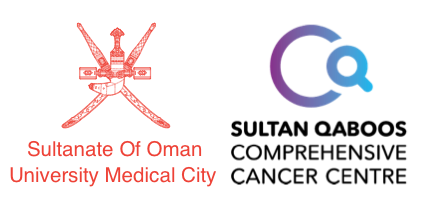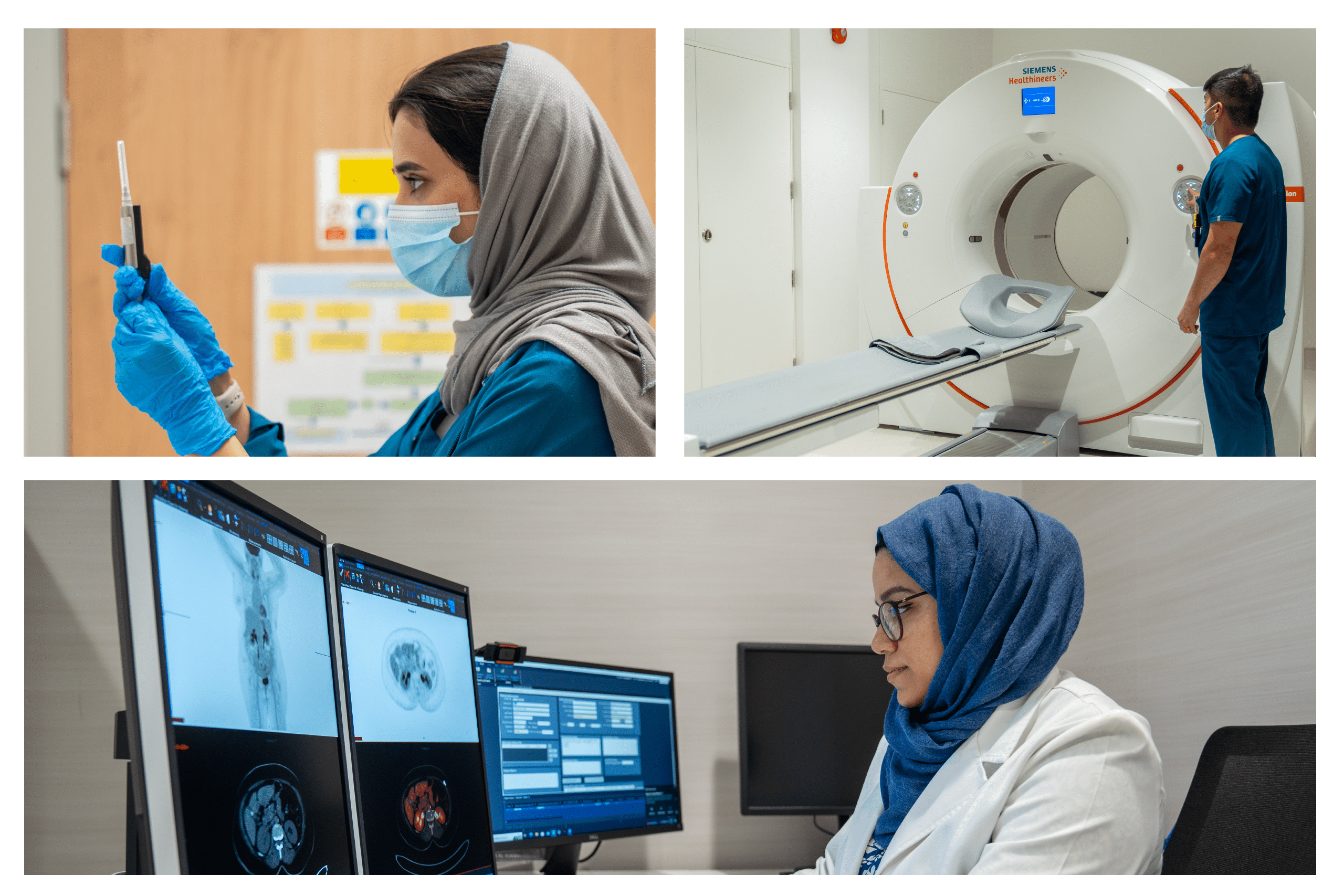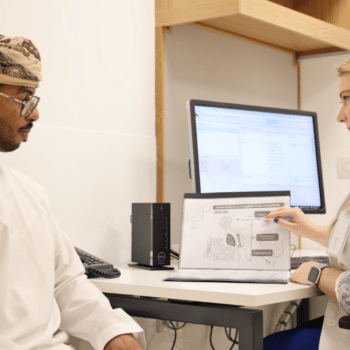I am having a nuclear medicine study…should I be worried?
Article: Dr. Khulood Al Riyami – Nuclear Medicine Consultant
A lot of people get a bit apprehensive when they hear the word “nuclear medicine”, mainly because they associate it with more sinister and historic events, like nuclear explosions and weapons, however the reality is far from that.
Nuclear medicine studies have been integrated in medical practice since the 1950s. They are generally studies that involve the administration of a tracer amount of radioactive material called “radiopharmaceuticals” that target a particular organ function in the body. This is commonly followed by imaging, performed using a special kind of camera (gamma camera or PET scanner) which can detect the specific radioactive emissions emanating from the patient’s body/ organ under evaluation.
Depending on the type of study, the patient may be given certain preparation instructions prior (e.g fasting , stopping certain medication..etc) and is usually asked to wait for a certain amount of time in a dedicated waiting area after receiving the radiopharmaceutical , before being taken for imaging.
One of the commonly requested studies in oncology is an 18F FDG PET/CT study, which involves the administration of a small amount of radioactive glucose followed by imaging in a PET/CT scanner. Usually, cancerous lesions multiply rapidly compared to normal cells and need more energy, for which glucose is one of the main sources. When the radiopharmaceutical is administered it will be taken up more by these lesions which can then be detected on the PET/CT scanner. However, not everything that is taken up by this radiopharmaceutical is cancerous, as processes that need more energy like infections and inflammation can also take up radioactive FDG. Additionally, not all cancerous lesions take up radioactive FDG, and this variation largely depends on the underlying histological characteristics of the cancer. Hence, these images are reviewed by experienced specialized physicians in the field who can evaluate the results accurately.
After the study, the patient is usually radioactive for a period of time which depends on the radiopharmaceutical injected, (generally a couple of hours in case of radioactive FDG), for which they would be given certain instructions to follow after their examination, including good hydration and frequent voiding.
Overall, nuclear medicine studies are a safe diagnostic tool that and are well tolerated by patients and with the advancements in the dedicated scanners, even smaller amounts of radioactive materials are needed for diagnostic purposes, further reducing the radiation exposure from such examinations.





